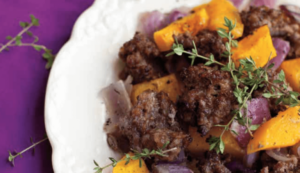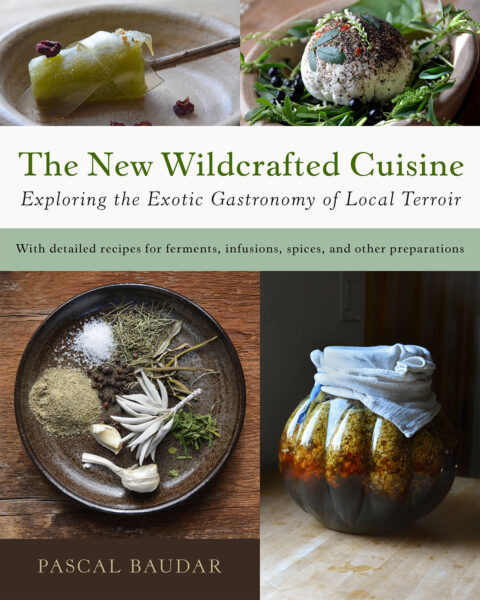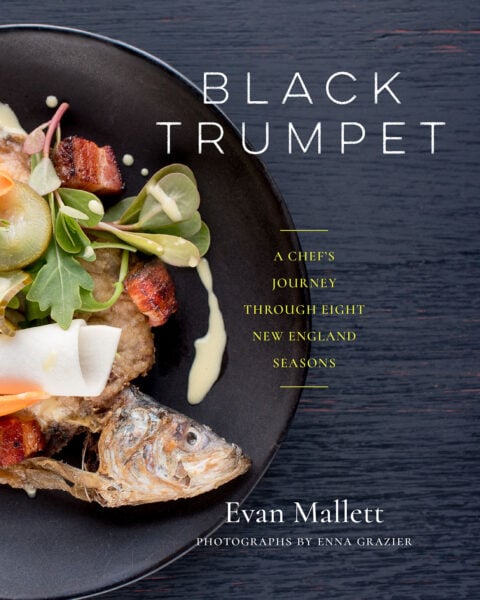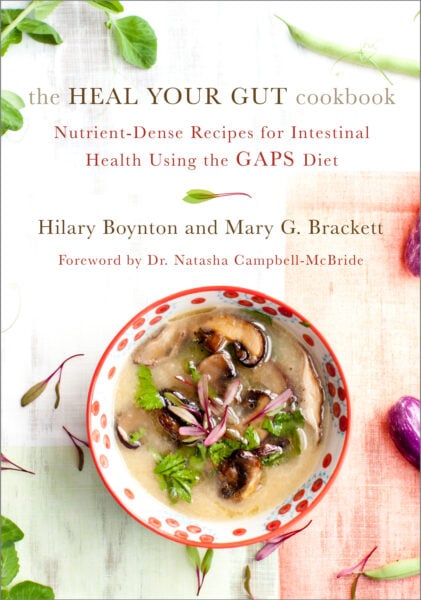Easy Fall Recipes for the Adventurous Eater
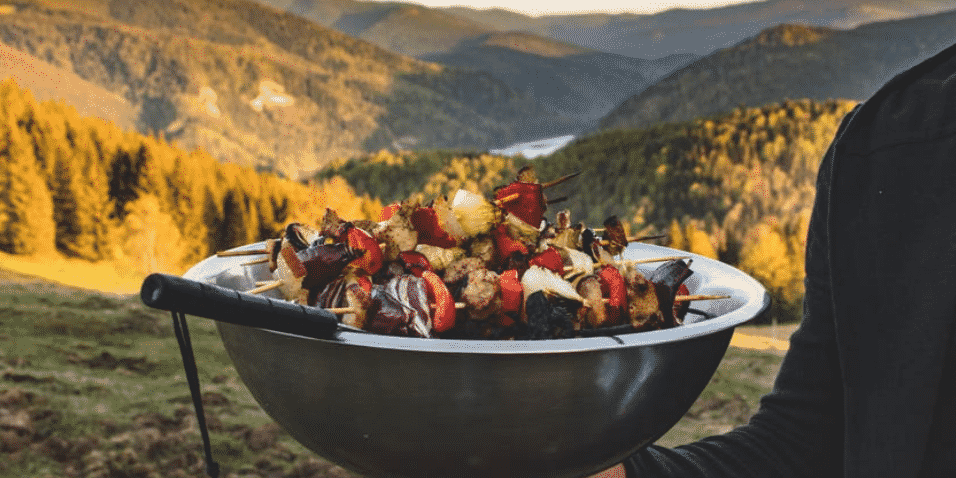
Ahhhh, autumn. There’s a chill in the air, the leaves are starting to turn, and fall recipes are getting ready for their time to shine. Start the season off right with these must-try, unique recipes for adventurous eaters!
RECIPE: Cornmeal Rye Pancakes
The following is a recipe from The New Bread Basket by Amy Halloran. It has been adapted for the web.
Cornmeal and rye make a great fall pancake, hearty and sweet. The combo also reflects English colonists’ adaptations, and incorporation of Native American foods. Rye is not as fussy to grow as wheat – it can take colder temperatures, and soils that are not stunning, so it was a common grain in coastal New England.
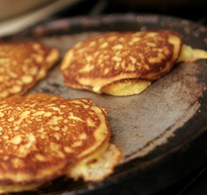 Look for whole grain stone ground cornmeal and rye flour to make the best cakes.
Look for whole grain stone ground cornmeal and rye flour to make the best cakes.
Ingredients
- 1/2 cup stone ground cornmeal
- 1/2 cup rye flour
- 1 teaspoon baking powder
- 1/4 teaspoon baking soda
- 1/2 teaspoon salt
- 2 eggs
- 3/4 cup milk
- 1 tablespoon yogurt
Procedure
- Whisk together dry ingredients and liquids in separate bowls.
- Pour liquids over dry mix, and stir just until everything is incorporated.
- Let sit for 10 minutes before cooking on a hot buttered griddle.
- Flip as bubbles begin to break on the surface.
RECIPE: Soft Pumpkin Polenta
The following is a recipe from The Occidental Arts and Ecology Center Cookbook. It has been adapted for the web.
Comfort food for breakfast, lunch, or dinner. Serve mounded with savory stews or sprinkled with herbs and a tab of butter. Or take it in a sweet direction with a little maple syrup or a Rich Autumn Fruit Compote.
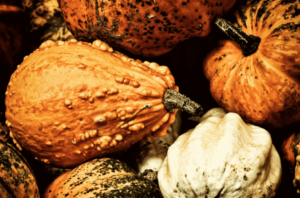 Serves 4–6
Serves 4–6
Ingredients
- 4 cups water or stock
- Plenty of salt—at least 1 1⁄2 teaspoons
- 1 cup polenta
- 1 cup pumpkin puree
- 1⁄4 teaspoon nutmeg
- 3 tablespoons butter or olive oil
Procedure
- In a large pot, bring the water or stock and salt to a boil. Keep an additional teakettle boiling with more water nearby. Sprinkle in the polenta slowly by hand while whisking constantly to avoid the formation of lumps.
- Reduce the heat to low and simmer, whisking often, until fully thickened (when little volcanoes erupt on the surface periodically and the polenta comes away from the pot a little when stirred). This can take as little as 15 minutes for quick polenta or up to an hour for traditional stone-ground polenta. *If the polenta becomes too thick or is still a bit crunchy, whisk in 1⁄4 cup of boiling water and continue cooking, adding more a little at a time if needed.
- While the polenta is hot and soft, stir in the pumpkin puree, nutmeg, and as much butter or olive oil as your conscience will allow (2 to 4 tablespoons for a small batch, 1 to 2 sticks for a large one). Keep soft polenta warm in a double boiler to prevent it from solidifying, and serve hot.
Variations
Creamy Polenta Custard: Omit the nutmeg and pumpkin. The simple addition of eggs (2 eggs for a small batch, 8 to 10 for a large one) whisked vigorously into the polenta during the last few minutes of cooking time turns mundane polenta into a velvety custard and is a great way to sneak a little more protein into a vegetarian meal. For real creamy decadence, replace some or all of the water with milk.
Fresh Sweet Corn Polenta: Omit the nutmeg and pumpkin. Cut fresh sweet corn off the cob (2 cobs for a small batch, 8 cobs for a large one). Pulse half of it in a food processor. Add whole and processed corn to the hot, thickening polenta after the lumps have been whisked out, but while there is still some cooking time left to allow the raw corn to cook. Serve with cilantro butter. Biodiversity option: Use red, blue, or green fresh corn for added color!
* For slow-cooking stone-ground polenta, use a double boiler as this relieves some of the pressure to stir continuously.
Roasted Pork Sausage with Red Onion and Butternut Squash, from The Heal Your Gut Cookbook
The following is a recipe from The Heal Your Gut Cookbook by Hilary Boynton and Mary G. Brackett. It has been adapted for the web.
Ingredients
- 1 butternut squash, peeled, seeded, and cubed
- 2 red onions, cut into wedges
1 pound sausage, squeezed out of the - casing and chopped into 1-inch pieces Sea salt and pepper
- 2–3 tablespoons coconut oil, ghee, or animal fat
Procedure
- Preheat the oven to 350 degrees.
- On a cookie sheet, combine the squash, onions, and sausage.
- Season with salt and pepper, and add the fat.
- Place in the oven for 5 minutes to melt the fat, then toss to coat everything.
- Roast for 45 to 50 minutes, or until the squash is soft. Easy!
RECIPE: Lost Nation Cider Pie
The following is a recipe from The Apple Grower by Michael Phillips. It has been adapted for the web.
Make Ahead: The recipe calls for making cider jelly, which is done by boiling fresh apple cider to the jellying stage. The jelly may be made up to 5 days in advance, then covered and refrigerated. Alternatively, prepared cider jelly may be used.
If you’d like to make more than you need for this recipe, a gallon of fresh apple cider will yield about 2 cups of cider jelly. Store in sterilized canning jars.
Makes one 9-inch pie (8 servings)
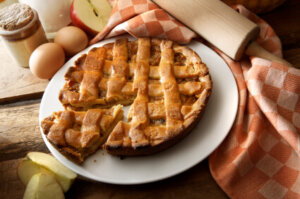 Ingredients
Ingredients
For the cider jelly
- 1/2 gallon fresh apple cider (see headnote; may substitute 1 cup store-bought cider jelly)
For the pie
- homemade or store-bought pastry for a two-crust 9-inch pie
- 2 medium apples, such as Honeycrisp or Granny Smith, peeled, cored, cut in half, then cut into very thin slices
- 3/4 cup sugar
- 3 tablespoons cornstarch
- Pinch salt
- 1/2 cup boiling water
- 1 egg, lightly beaten
- 1 tablespoon unsalted butter, melted and cooled slightly
Procedure
For the cider jelly
- Pour the cider into a medium heavy, nonreactive pot. Bring to a boil over high heat. Use a candy thermometer to measure the temperature, which should come up to 220 degrees (the jellying stage).
- Boil until the cider has reduced to almost 1 cup, adjusting the heat and stirring as needed to avoid scorching. This can take from 75 to 90 minutes.
- When the cider has reduced and thickened, remove it from the heat.
- Transfer to a heatproof container and cool to room temperature, then cover and refrigerate until ready to use.
For the pie
- Preheat the oven to 425 degrees.
- Use the homemade or store-bought crust to line a 9-inch pie plate, folding under and pinching the edges to form a tidy rim.
- Arrange the apple slices on the surface of the bottom pie crust dough in flat layers. Have the top round of pie dough ready.
- Combine the sugar, cornstarch and salt in a medium mixing bowl. Add the cider jelly and just-boiled water; mix well.
- Whisk together the egg and melted butter in a liquid measuring cup, then add the mixture to the sugar-cider jelly mixture, stirring to combine. Pour the mixture carefully over the apples in the pie plate.
- Place the top crust on the pie; crimp the edges around the rim and use a knife to make several small cuts in the top (to allow steam to escape). Place the pie on a rimmed baking sheet (to catch any drips); bake for 40 minutes or until the top crust is golden.
- Transfer the pie to a wire rack to cool for at least 20 minutes before serving.
Recommended Reads
Recent Articles
Garlic mustard: while known as “invasive,” this plant can be consumed in its entirety and has great nutritional value. Plus, the garlic-flavor is a perfect addition to any recipe that calls for mustard! The following are excerpts from Beyond the War on Invasive Species by Tao Orion and The Wild Wisdom of Weeds by Katrina…
Read MoreOh, honeysuckle…how we love thee. If only there was a way to capture the sweet essence of this plant so we could enjoy it more than just in passing. Luckily, foraging and some preparation can help make that happen! Here’s a springtime recipe that tastes exactly like honeysuckle smells. The following excerpt is from Forage,…
Read MoreIntroducing…your new favorite brunch dish! This whole broccoli frittata is packed with fresh, wildcrafted flavors that are bound to help you start your day off on the right foot. The following is an excerpt from The Forager Chef’s Book of Flora by Alan Bergo. It has been adapted for the web. RECIPE: Whole Broccoli Frittata…
Read MoreWondering where to forage for greens this spring? Look no further than hedges, which serve as natural havens for wild greens and herbs! The following is an excerpt from Hedgelands by Christopher Hart. It has been adapted for the web. Food from Hedges: Salads and Greens Let’s start by looking at all the wild foods…
Read MoreThere’s a whole new world out there when it comes to koji. It doesn’t matter if you’re making bread, cheese, or ice cream, koji helps you pump up the flavor! Growing Koji in Your Own Kitchen Koji, the microbe behind the delicious, umami flavors of soy sauce, miso, fermented bean sauce, and so many of…
Read More

